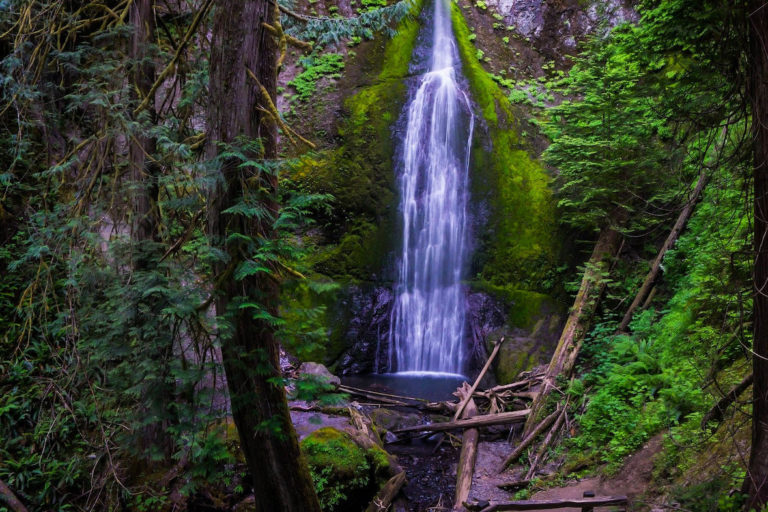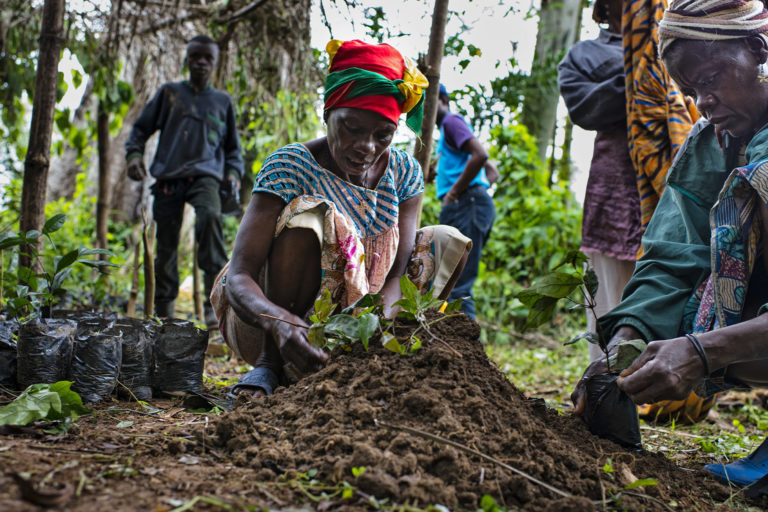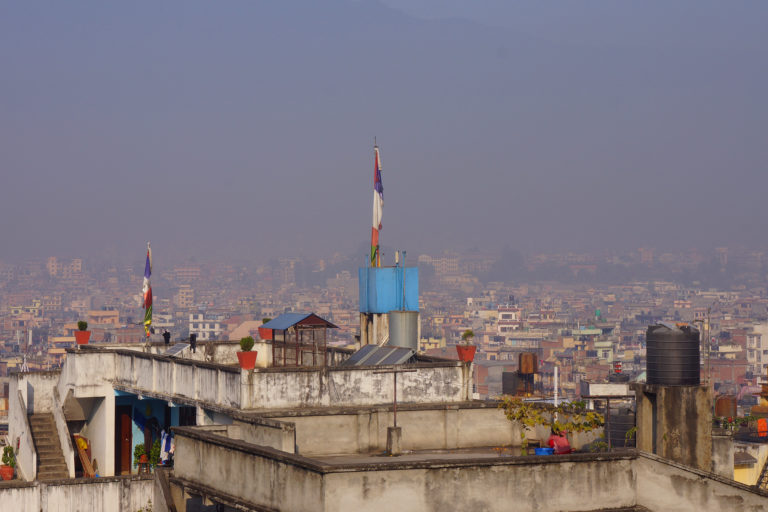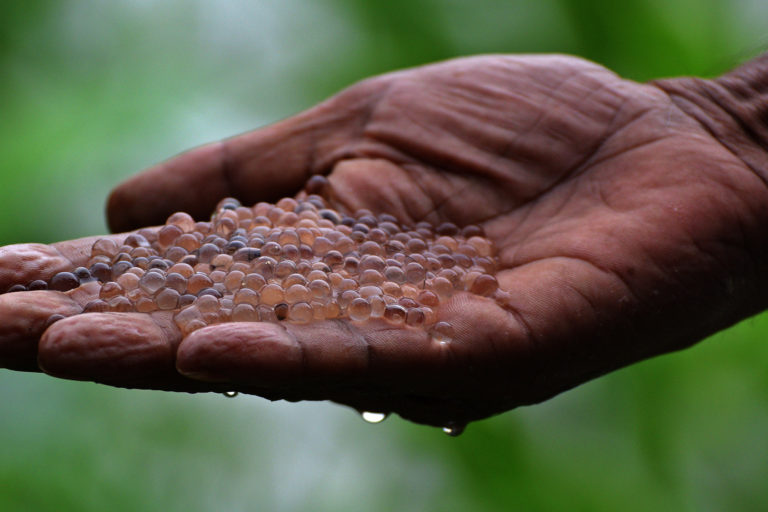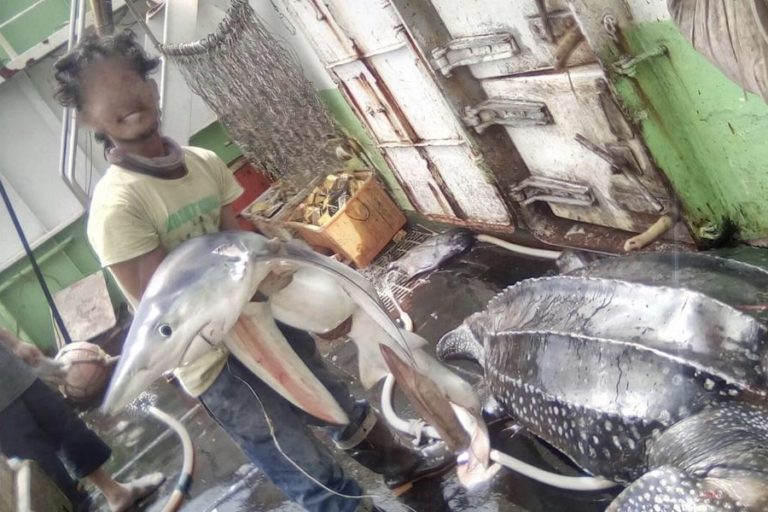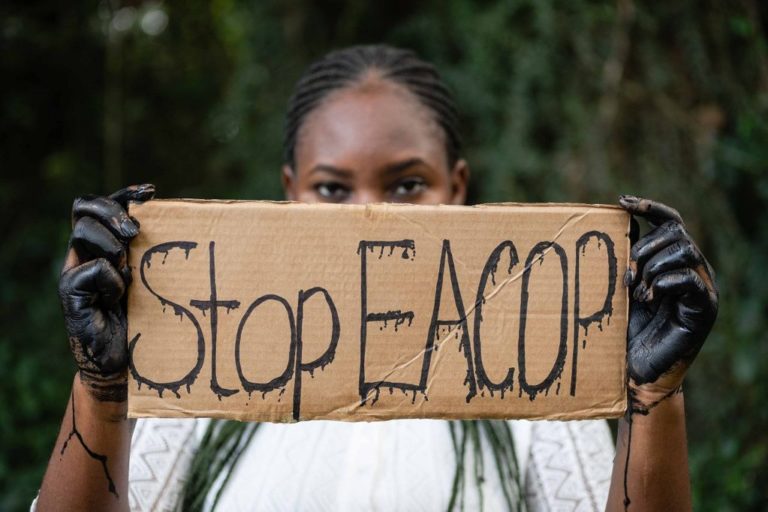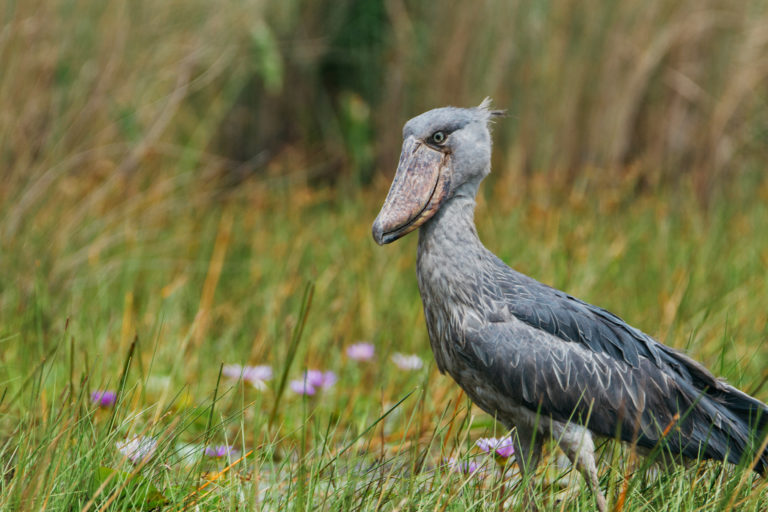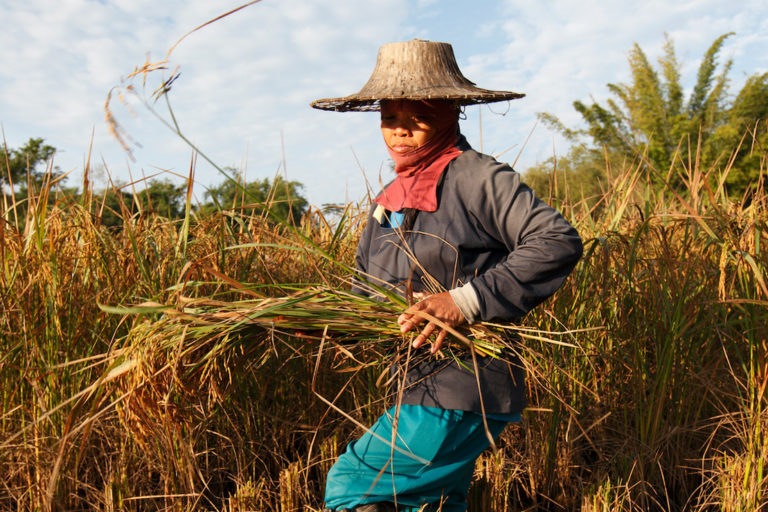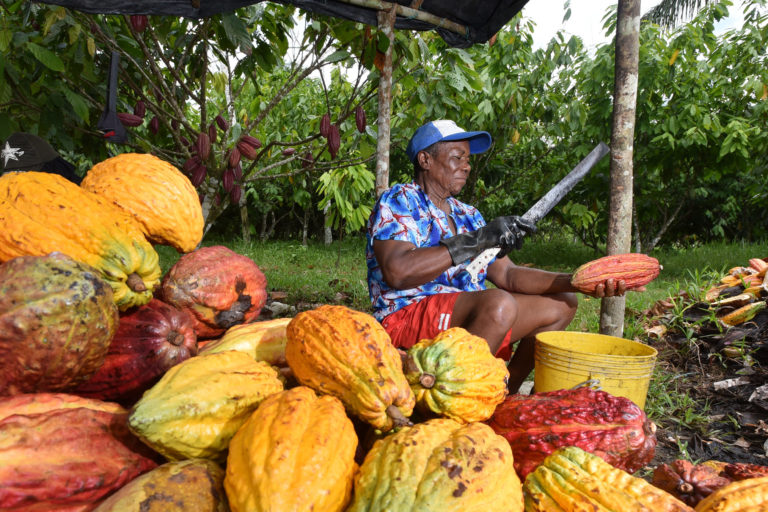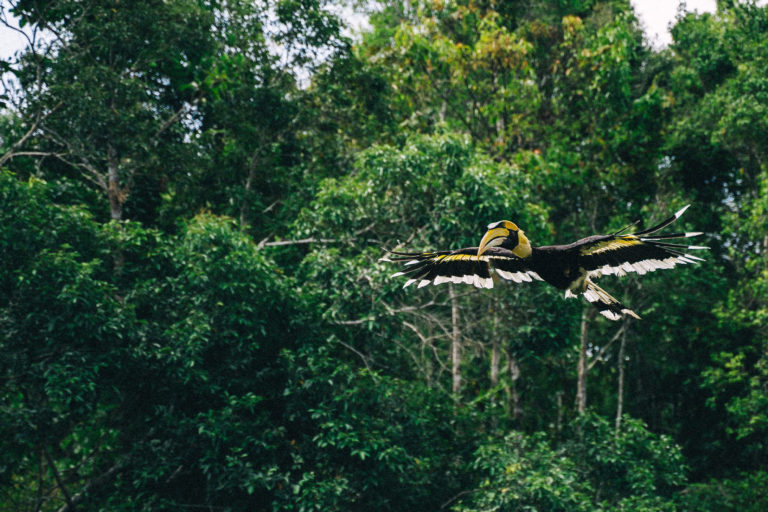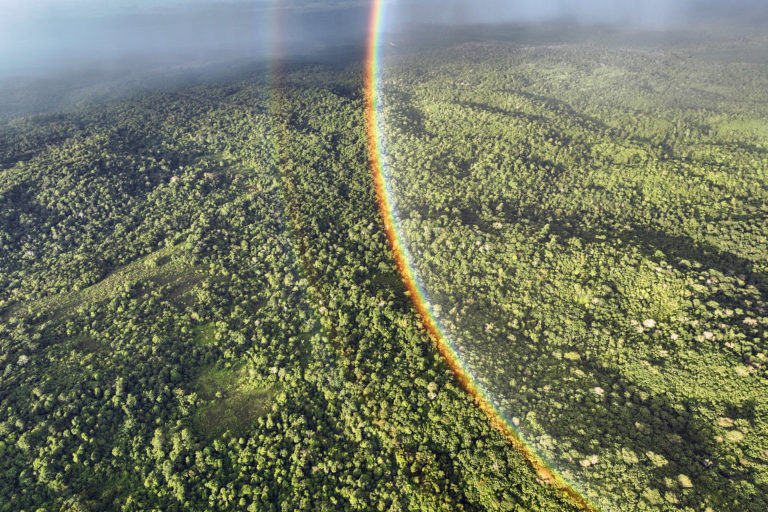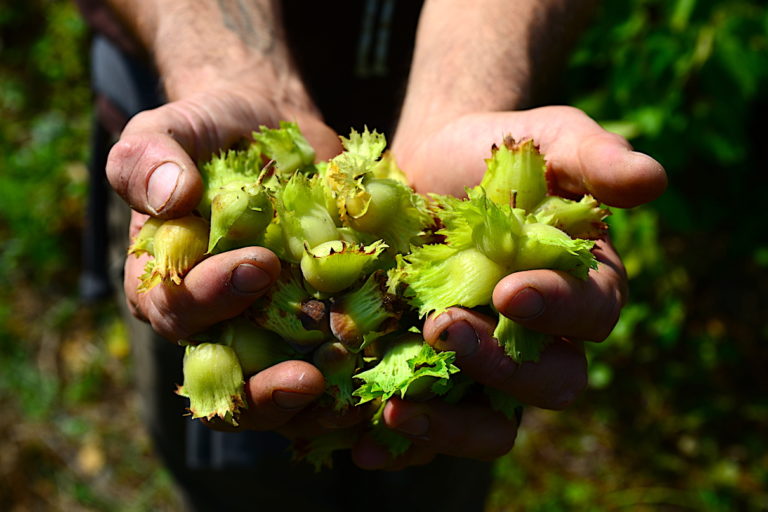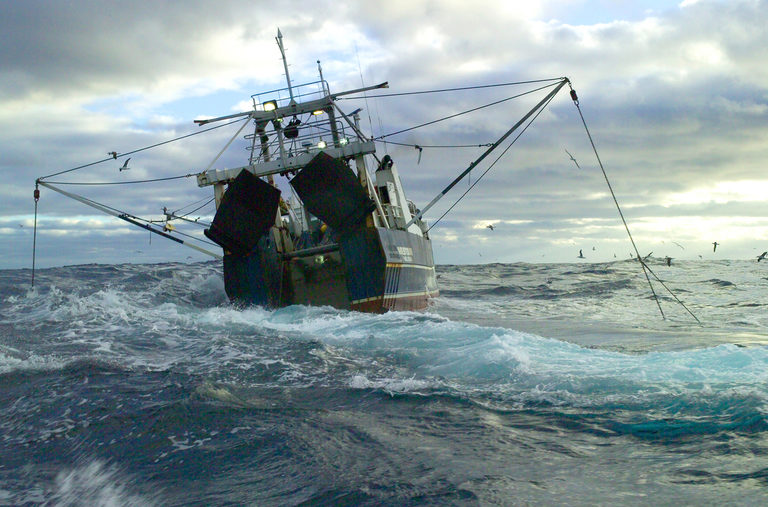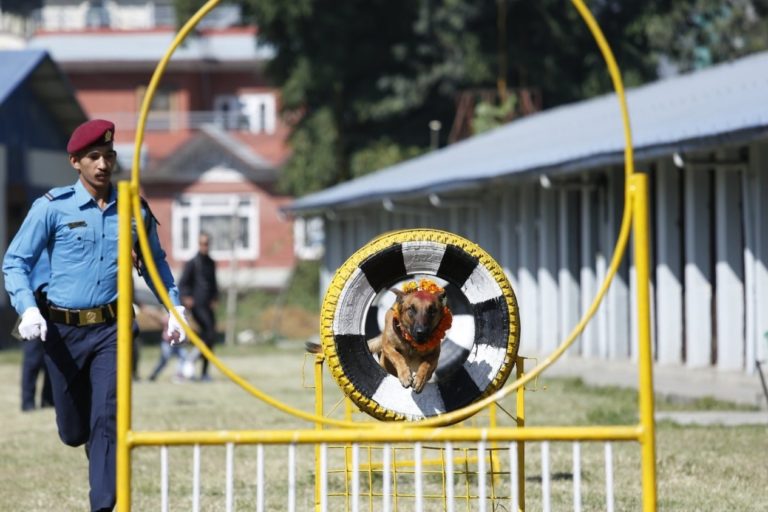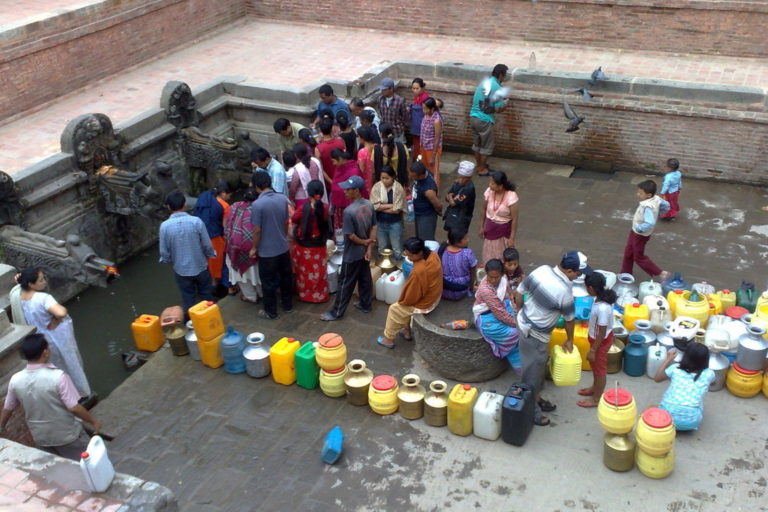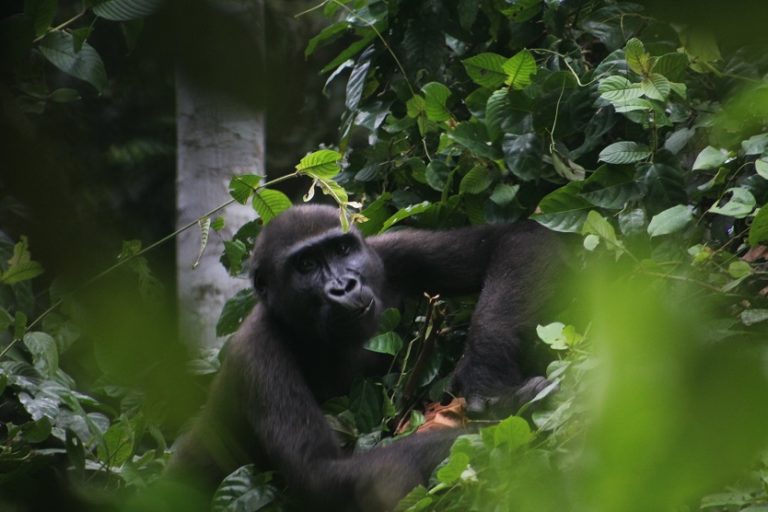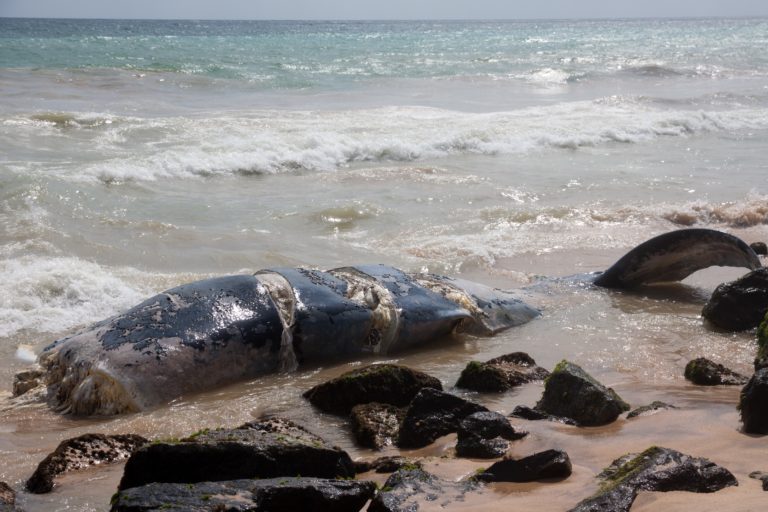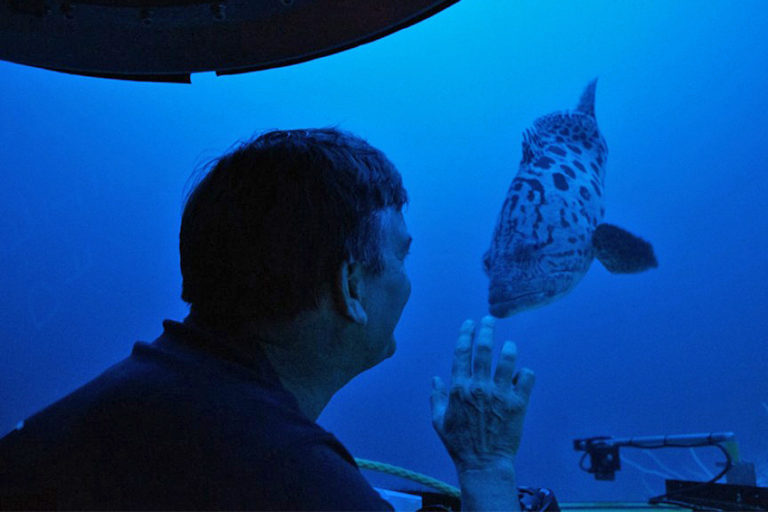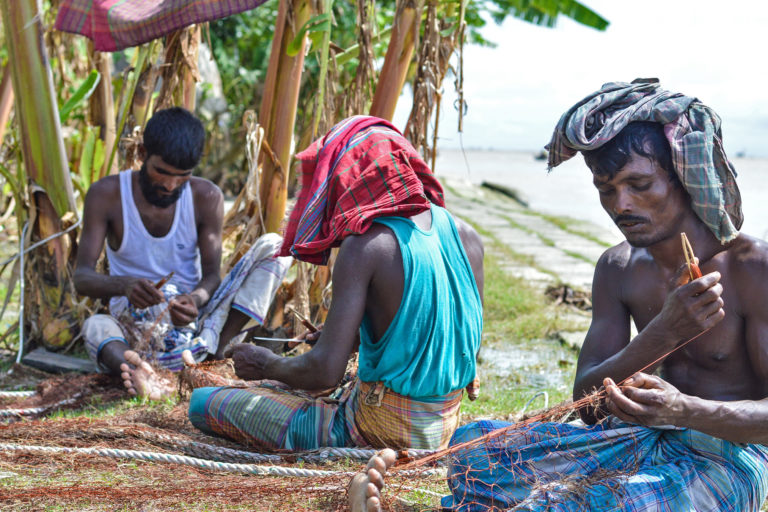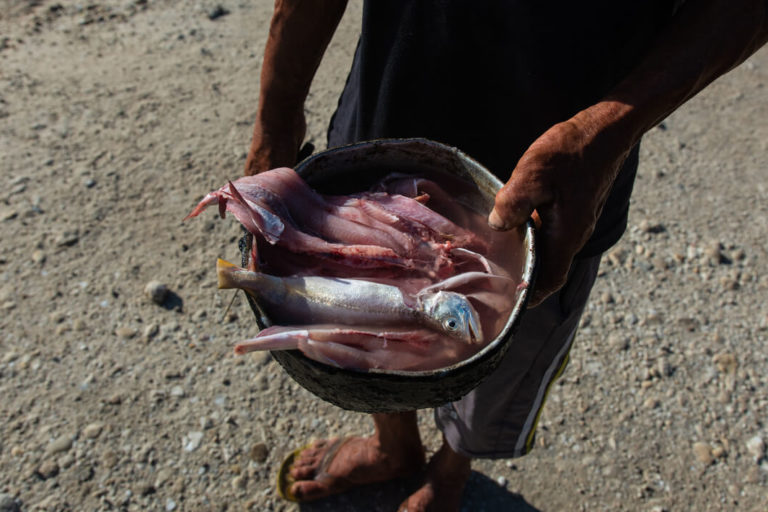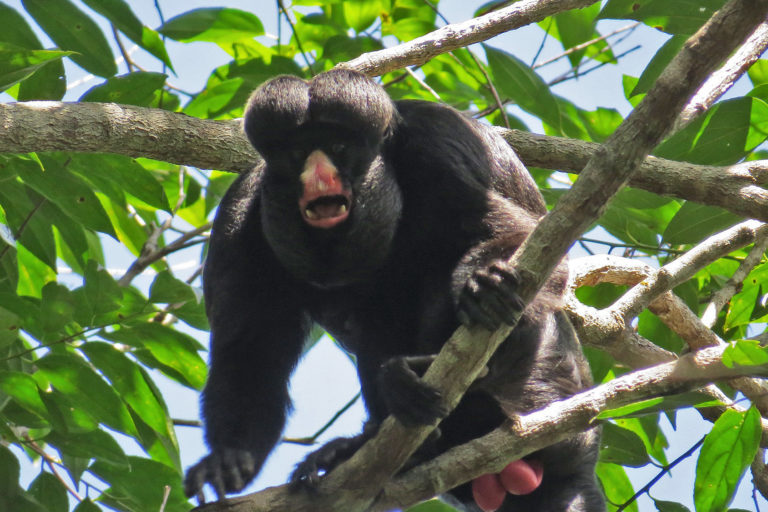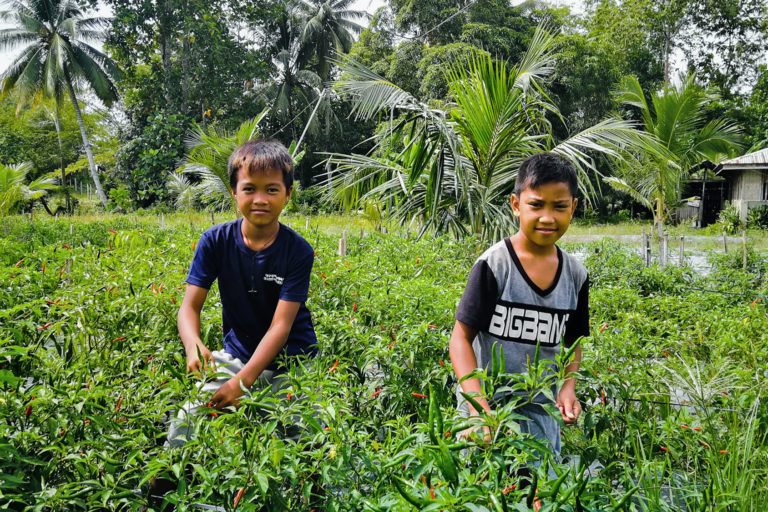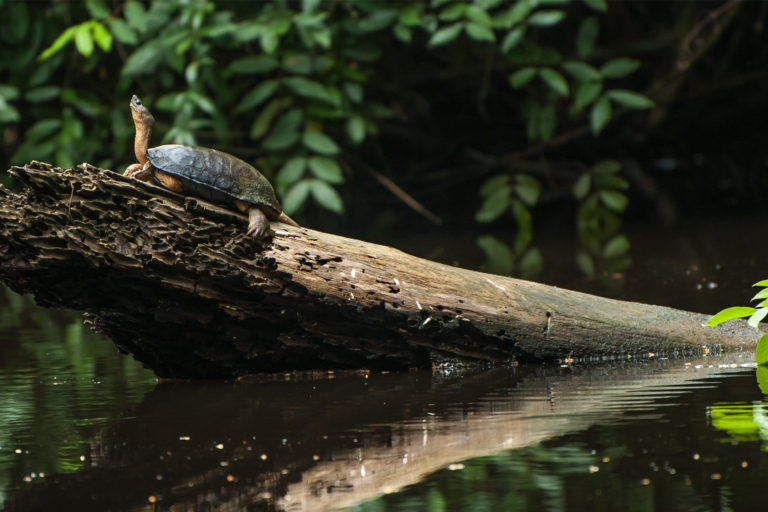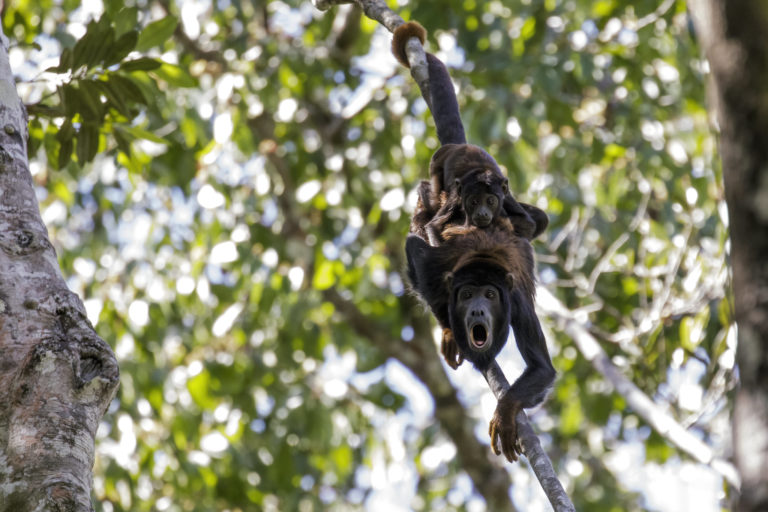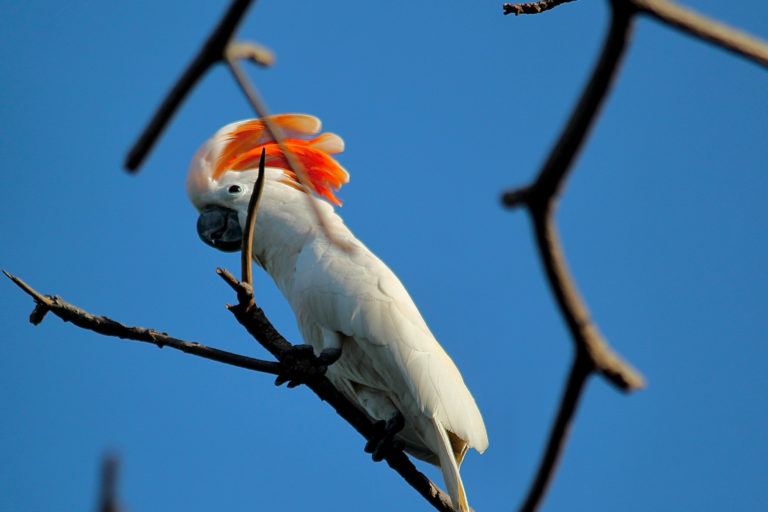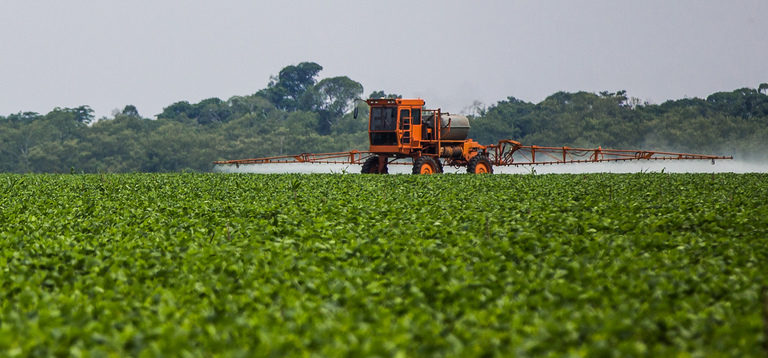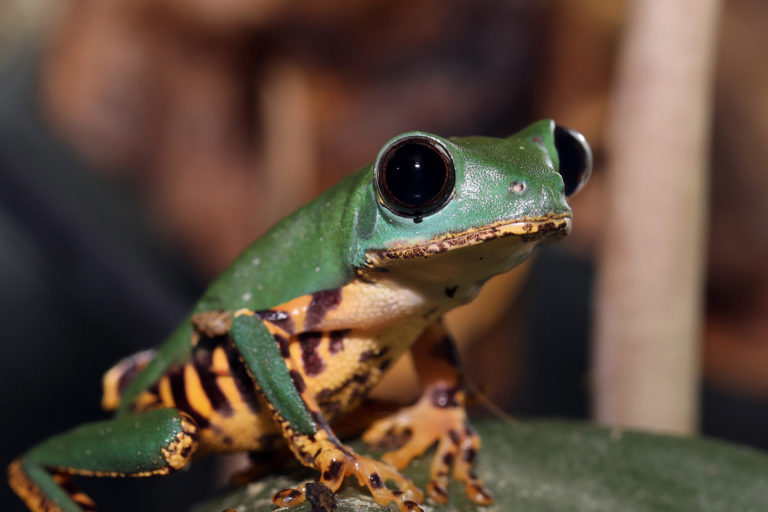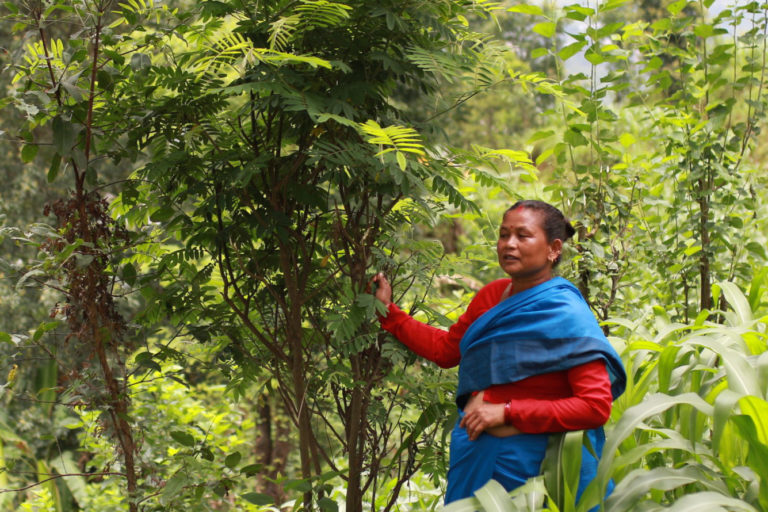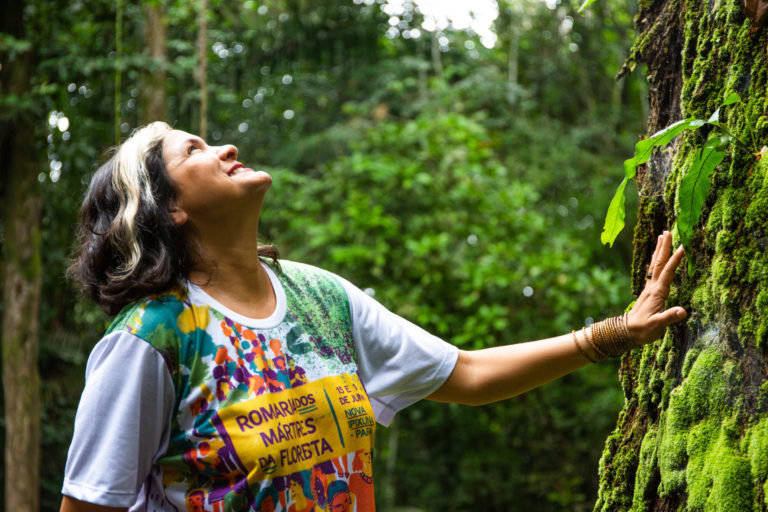We have two fascinating conversations about forests in the Americas for you on this podcast episode: the first is the story of how the Shuar Indigenous community in Ecuador recently…
In October 2020, a set of maps appeared in the pages of Nature apparently proposing a straightforward solution to the twin crises of global biodiversity loss and climate change. Splashed…
KATHMANDU — From early to mid-October, as Nepali Hindus celebrated the festivals of Dashain and Tihar, the skies over the Kathmandu Valley stayed a clear blue. To the north lay…
The Halda River — the world’s only gene bank for pure Indian carp fishes such as ruhi (Labeo rohita), catla (Labeo catla), Mrigal (Cirrhinus cirrhosus) and Kalibaush (Labeo calbasu) —…
When Adhi Tayuh Braka joined one of China’s largest fishing fleets in 2018, he planned to catch tuna, knuckle down and save money to get married. To pass the time,…
“We always grew native products that come from here, like corn, beans, potatoes or lulos,” says Don Danilo, a longtime farmer near Sonsón, a small municipality in the Colombian state…
Activists have accused an association of banks claiming to adhere to principles safeguarding people and the environment of “greenwashing.” Two signatories of the Equator Principles are currently advising East African…
On October 18, 2022, Ugandan President H.E. Yoweri Kaguta Museveni delivered a keynote address during African Energy Week which took place in Cape Town, South Africa between October 18 and…
Carbon removal plans relying on land do not add up, says a new report. Or, more accurately, researchers have now actually added them up, but countries’ climate pledges would require…
In October, Mongabay looked into the human consumption, or overconsumption, of two food industry products — chocolate and fish-feed. While cocoa, soy, dairy products and palm oil are sourced from…
One year ago, leaders of more than 140 countries came together at the U.N.-backed climate talks, known as COP26, promising to halt deforestation by 2030. A new assessment shows that…
JAKARTA — Norway has agreed to pay Indonesia $56 million in a climate agreement between the two countries, as Indonesia has succeeded in reducing carbon dioxide emissions by preserving its…
Recent months have delivered a harvest of agroforestry funding news in the U.S., just as the season’s remaining crops ripened. The announcement of over $60 million in support from the…
Over the past two decades, fewer vessels have trawled the South Pacific’s high seas. Companies from only one country have kept at it, an island nation with a green reputation:…
KATHMANDU — Four of the five days of the Nepali Hindu festival of Tihar, which occurs at the same time as the better-known Deepavali, are dedicated to animals. Kukur Tihar,…
KATHMANDU — Hindus in Nepal marked Tihar this past week, the festival of lights that takes place at the same time as the better-known holy day of Deepavali. But for…
Logging near Cameroon national park raises red flags over permits YAOUNDE — Agroindustrial company Cameroun Vert S.A., or Camvert, is again clearing forest near Campo Ma'an National Park, raising questions…
COLOMBO — When some of the biggest machines ever made meet the largest animals to ever live, it often doesn’t work out well for the latter. In March 2012, a…
In September, scientists boarded submersibles and dived into the waters surrounding the Maldives, a nation of islands peppered across the Indian Ocean. Very little is known about the Maldivian sea…
It may look like a nondescript silvery fish, but hilsa, or Tenualosa ilisha, accounts for an eighth of Bangladesh’s total fish catch, and more than 1% of the country’s economic…
From the coastline to freshwater streams, people living in Amazonia say industrial fishing, deforestation, hydroelectric dams and climate change have reduced fish populations. Industrial fishing is one of the main explanations for the low numbers. Fishermen report that large boats are trawling with nets up to 30 kilometers (18.6 miles) in length that do not allow fish to reach the shore.
You probably haven’t heard of Vieira’s titi, a monkey found only in the Brazilian Amazon. Until recently, even researchers knew so little about it that they couldn’t determine its conservation…
In the Philippines’ southern island of Mindanao, 12-year-old Raaina Hinay teaches people how to farm. Hinay is a co-founder of Kids Who Farm, an NGO based in the city of…
Trees and plants along the banks of waterways are more than picturesque. They serve as a line of defense, absorbing pollutants and keeping harmful runoff out of rivers and streams.…
The ear-piercing call of the screaming piha, a bird (Lipaugus vociferans) known locally as the cricrió, welcomes all who visit Carajás National Forest in the Brazilian Amazon state of Pará.…
Protected by law but threatened by trade, rare and endangered parrots native to Indonesia are frequently sold via Facebook in the Philippines, a new survey has found. The analysis of…
Brazilian soybean producers have been highly successful in using genome technology to benefit their crops, with huge economic and environmental gains, a new paper highlights. Currently, the growers are using…
In 2014, as temperatures topped 40° Celsius, or 104° Fahrenheit, in eastern Australia, half of the region’s black flying fox (Pteropus alecto) population perished, with thousands of the bats succumbing…
The European Union is considering a regulation on deforestation-free products that is one of the most promising environmental legislative initiatives of this decade. It would force traders in commodities that…
After losing her brother José “Zé” Claudio Ribeiro da Silva and her sister-in-law Maria do Espírito Santo on May 24, 2011, Claudelice dos Santos swore she would fight for justice.…
